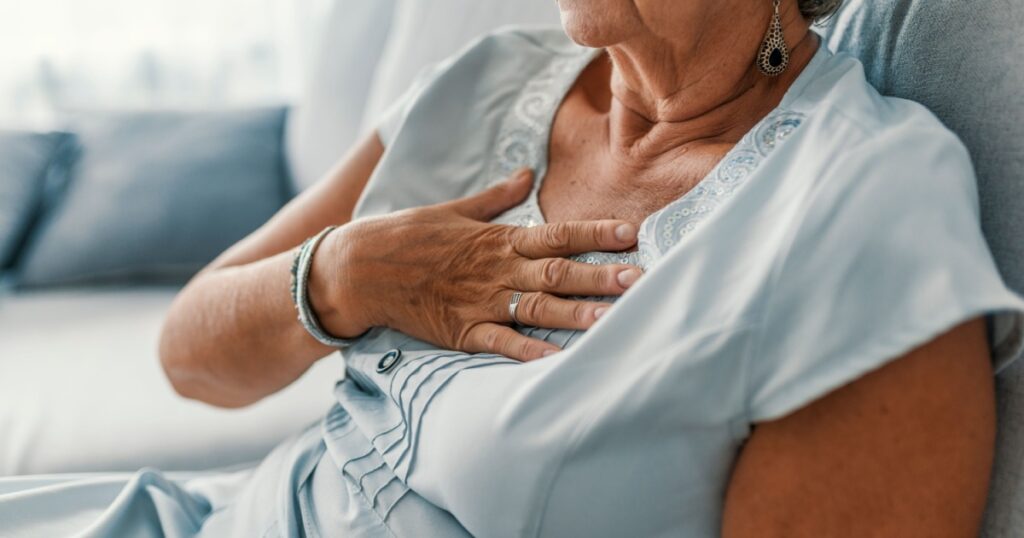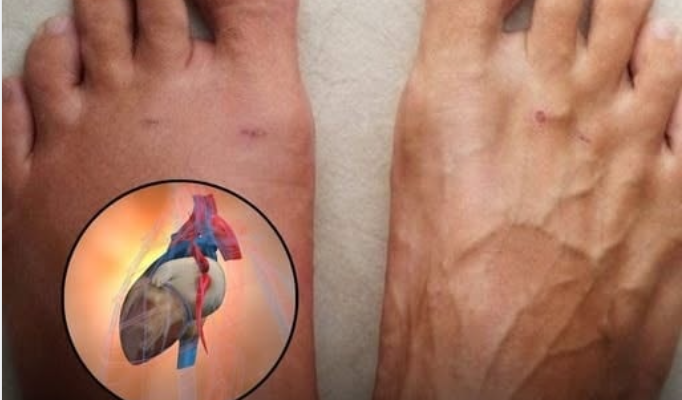Understanding Heart Attack Symptoms in Women: A Hidden Health Crisis
In recent decades, medical research has revealed that heart attack symptoms can manifest very differently in women than in men. This discovery has critical implications for diagnosis, treatment, and survival outcomes. A study published in the journal Circulation examined 515 women who had experienced a heart attack and found that the most commonly reported symptoms were not the well-known chest pain typically associated with cardiac events. Instead, women frequently experienced unusual fatigue, sleep disturbances, and heightened anxiety.
These symptoms are often vague and easy to misattribute to stress, aging, or other non-cardiac causes. As a result, many women and even healthcare providers may not immediately recognize them as warning signs of a heart attack. Alarmingly, nearly 80 percent of women in the study reported experiencing at least one of these symptoms for more than a month before their heart attack occurred. This suggests that there is a significant window of time during which early intervention could potentially prevent more serious outcomes—yet these opportunities are often missed.
Compounding the issue is a lack of awareness among women about the seriousness of their symptoms. In a related survey also published in Circulation, only 65 percent of women said they would call 911 if they thought they might be having a heart attack. This statistic reveals a concerning gap in knowledge and highlights the need for better education and outreach. Many women may downplay their symptoms, delay seeking help, or not realize they are experiencing a life-threatening event.
These findings underscore the importance of gender-specific education about heart disease. While public health campaigns have traditionally focused on classic male-centered heart attack symptoms like chest pain and left arm numbness, there is a growing need to include and emphasize the symptoms that are more common in women. Medical professionals also need to be trained to recognize these signs to ensure timely and accurate diagnosis.
Heart disease remains the leading cause of death among women, and increasing awareness about how symptoms present differently can help reduce this toll. By empowering women with knowledge and encouraging them to take their symptoms seriously, lives can be saved. Recognizing the unique ways heart attacks present in women is not just important—it’s essential.
Symptoms of a heart attack in women include:

Don’t Ignore the Signs: Women and Heart Attack Symptoms
Heart attacks don’t always look the same in women as they do in men. While chest pain is a well-known warning sign, many women experience different—and often more subtle—symptoms. These can include unusual fatigue, sleep disturbances, shortness of breath, nausea, and anxiety. Unfortunately, these symptoms are often mistaken for stress, aging, or other non-emergency issues.
A study published in the journal Circulation found that nearly 80% of women who had heart attacks reported experiencing at least one symptom for more than a month beforehand. Despite this, only 65% of women said they would call 911 if they thought they were having a heart attack. This delay in seeking help can be dangerous, even deadly.
Even if you’re not sure, get emergency care right away. Don’t wait until symptoms become unbearable or clearly match what’s often described in men. Base your decision on what feels normal or abnormal for you. If something doesn’t feel right—especially if you’ve never experienced it before—don’t hesitate to seek help.
Trust your instincts. If a healthcare provider dismisses your concerns and you still feel something is wrong, don’t be afraid to speak up or get a second opinion. No one knows your body better than you do.
Heart disease is the leading cause of death for women, but early detection and treatment can save lives. Being informed and proactive is your best defense. Know the symptoms, listen to your body, and act quickly. It’s always better to be safe than sorry.



